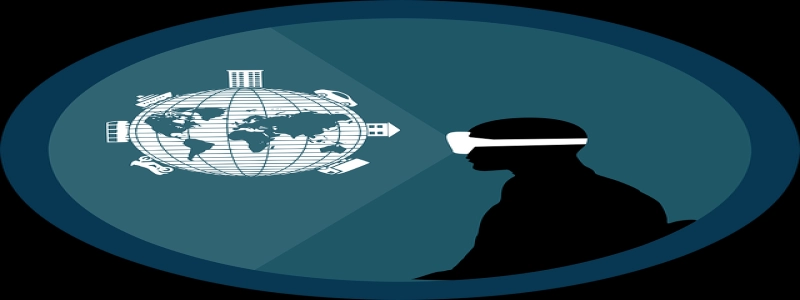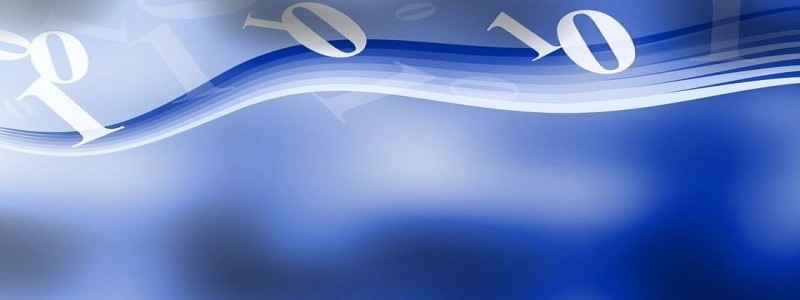Jacketed Fiber Optic Cable
Introduction:
The jacketed fiber optic cable is a crucial component in modern telecommunications and data transmission systems. It provides protection and insulation to the delicate fiber optic strands inside, ensuring their optimal performance and longevity. In this article, we will delve into the various aspects of jacketed fiber optic cables, including their structure, materials, and applications.
I. Structure of a Jacketed Fiber Optic Cable:
1. Core:
The core is the central part of the cable and consists of one or more fiber optic strands. These strands are made of ultra-thin glass or plastic that carries the light signals.
2. Cladding:
Surrounding the core is the cladding, which is a layer of material that has a lower refractive index than the core. This allows the light signals to travel through the core without significant loss.
3. Buffer:
The buffer is the first layer of protection for the fiber optic strands. It is typically made of a non-conductive material like plastic and provides mechanical strength to the cable.
4. Jacket:
The outermost layer of the cable is the jacket, which is also known as the sheath. It is usually made of a durable and flexible material such as polyethylene or PVC. The jacket provides additional protection against moisture, temperature variations, and physical damage.
II. Materials used in Jacketed Fiber Optic Cables:
1. Core Material:
The core of the fiber optic strands is primarily made of glass or plastic. Glass fibers offer high transmission speeds and low signal loss, making them ideal for long-distance communications. Plastic fibers, on the other hand, are more flexible and less expensive, making them suitable for shorter distances.
2. Cladding Material:
The cladding material is typically glass or plastic with a lower refractive index than the core. This difference in refractive index helps in maintaining the light signals within the core.
3. Buffer Material:
The buffer is commonly made of polyvinyl chloride (PVC) or other similar materials. PVC buffers provide good mechanical strength and insulation properties.
4. Jacket Material:
Jackets are made of various materials depending on the cable’s intended use. Polyethylene jackets offer excellent resistance to moisture and sunlight, making them suitable for outdoor installations. PVC jackets are more flexible and easy to handle, making them widely used in indoor applications.
III. Applications of Jacketed Fiber Optic Cables:
1. Telecommunications:
Jacketed fiber optic cables are widely used in telecommunications networks for transmitting high-speed data, voice, and video signals. They offer significant bandwidth capabilities, enabling the seamless transfer of vast amounts of information over long distances.
2. Data Centers:
The high data transmission rates provided by jacketed fiber optic cables make them ideal for connecting servers and storage systems in data centers. They ensure fast and reliable data transfer, improving overall network performance.
3. Industrial and Harsh Environments:
Jacketed fiber optic cables with rugged or armored jackets are used in industrial settings, such as factories and oil refineries, where they need to withstand extreme temperatures, chemicals, and physical stress.
Conclusion:
Jacketed fiber optic cables play a vital role in modern communication systems, providing a reliable and efficient means of transmitting data, voice, and video signals. Their structured design, choice of materials, and various applications make them indispensable in our interconnected world. With ongoing technological advancements, these cables will continue to support the growing demand for faster and more efficient data transmission.








